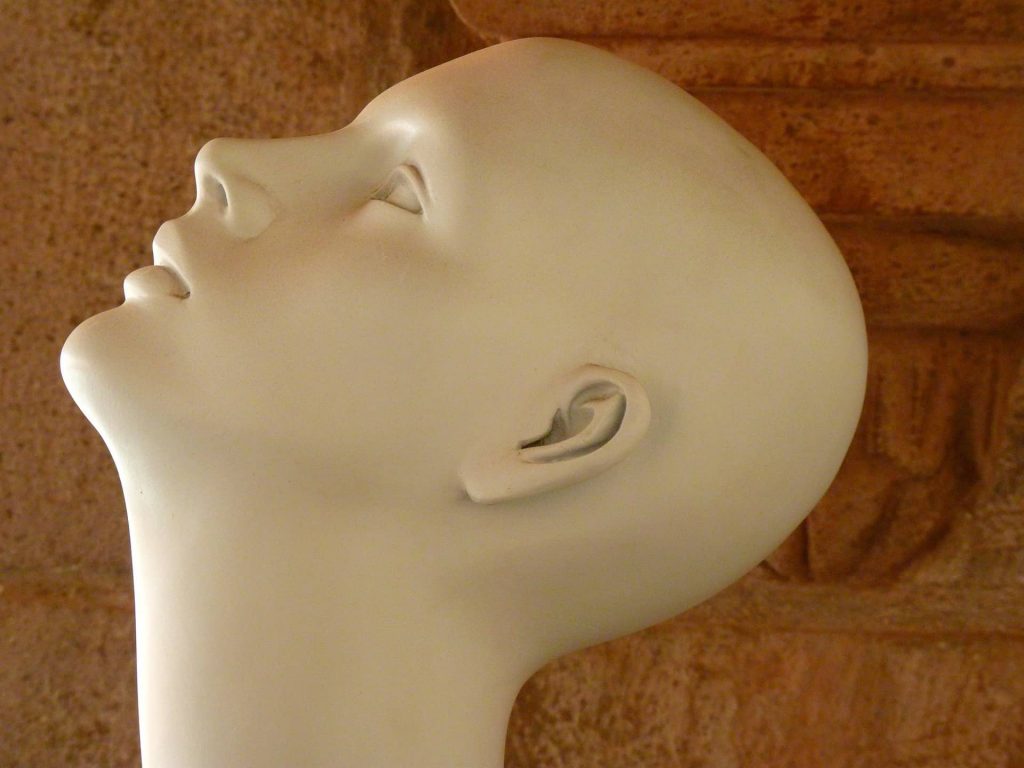Written by Lauren Young and Edited by Gouri Ajith

A prominent side effect of most cancer treatments, specifically chemotherapy, is alopecia (hair loss). Chemotherapy is used to treat different types of cancer through the administration of cytostatic and cytotoxic substances, which target living cells by either inhibiting growth or promoting cell death, respectively. Chemotherapy-induced alopecia, or CIA, negatively affects many female breast cancer patients by reducing their self-confidence physically and mentally as it serves as a constant reminder of their disease [1]. Several methods have previously been employed to reduce the effect of CIA, such as scalp tourniquets, pulsed electrostatic fields and other topical treatments. However, scalp cooling through the use of devices known as cold caps has been proven to be the most effective and widely-used mechanism for doing so [2].
A cold cap is a freezing helmet administered to the patient for approximately 20-50 minutes before, during and after the chemotherapy session. One clinical study has shown that hair preservation is most efficient when the temperature of the cold cap is around -25°C; this is achieved by storing the cold cap in the freezer for at least 12 hours prior to use. In this same study, there was a hair loss prevention effectiveness of 86% in patients with ductal carcinoma, a common type of breast cancer, that were treated with the anti-cancer drug docetaxel [3].
Cold caps function via two specific mechanisms, the first one being that the caps’ sub-freezing temperatures induce constriction of blood vessels in the scalp, which reduces the otherwise large concentrations of chemotherapy drugs that hair follicles uptake. Naturally, hair follicle cells uptake the chemotherapy drugs they are exposed to and lose their function. By reducing the concentration of chemotherapy drugs hair follicles are exposed to, cold caps can reduce their rate of drug uptake and limit the amount of function lost. The second mechanism is that scalp cooling can reduce metabolic activity and limit the effect of cytostatic agents on hair follicles [2]. Through this mechanism, hair follicles are essentially able to “freeze” and avoid falling out.
Along with the pros of cold-cap use, certain precautions must also be considered. Subjecting your scalp to subzero temperatures may cause pain and result in headaches. In addition, improper application procedure can result in permanent and localized hair loss and scarring near the surface of the skin [4]. One 49-year old patient experienced a fluid-filled blister on the scalp of her head, while another experienced patches of hair loss in which hair could not grow back [4]. Although these cold cap injuries are infrequent, they can still cause mild to moderate consequences. Factors such as chemotherapy regimen, scalp protection, duration of use, and hair type and amount should be considered before administering cold cap therapy. With proper administration and personalized treatments, cold caps can help to improve the overall recovery and personal confidence of patients.
References:
1. Rice, B.A., Ver Hoeve, E.S., De Luca, A.N., et al. (2018). Registry to assess hair loss prevention with the Penguin Cold Cap in breast cancer patients receiving chemotherapy. Breast Cancer Research and Treatment, 167: 117-122.
2. Ciglar, T., Isseroff, D., Fiederlein, B., Schneider, S., et al. (2015). Efficacy of Scalp Cooling in Preventing Chemotherapy-Induced Alopecia in Breast Cancer Patients Receiving Adjuvant Docetaxel and Cyclophosphamide Chemotherapy. Clinical Breast Cancer, 15: 332-334.
3. Lemenager, M., Lecomte, S., Bonneterre, M.E., Bessa, E., et al. (1997). Effectiveness of Cold Cap in the Prevention of Docetaxel-induced Alopecia. European Journal of Cancer, 33: 297-300.
4. Belum, V.R., De Barros Silva, G., Laloni, M.T., Ciccolini, K., et al. (2016). Cold thermal injury from cold caps used for the prevention of chemotherapy-induced alopecia. Breast Cancer Research and Treatment, 2: 395-400.